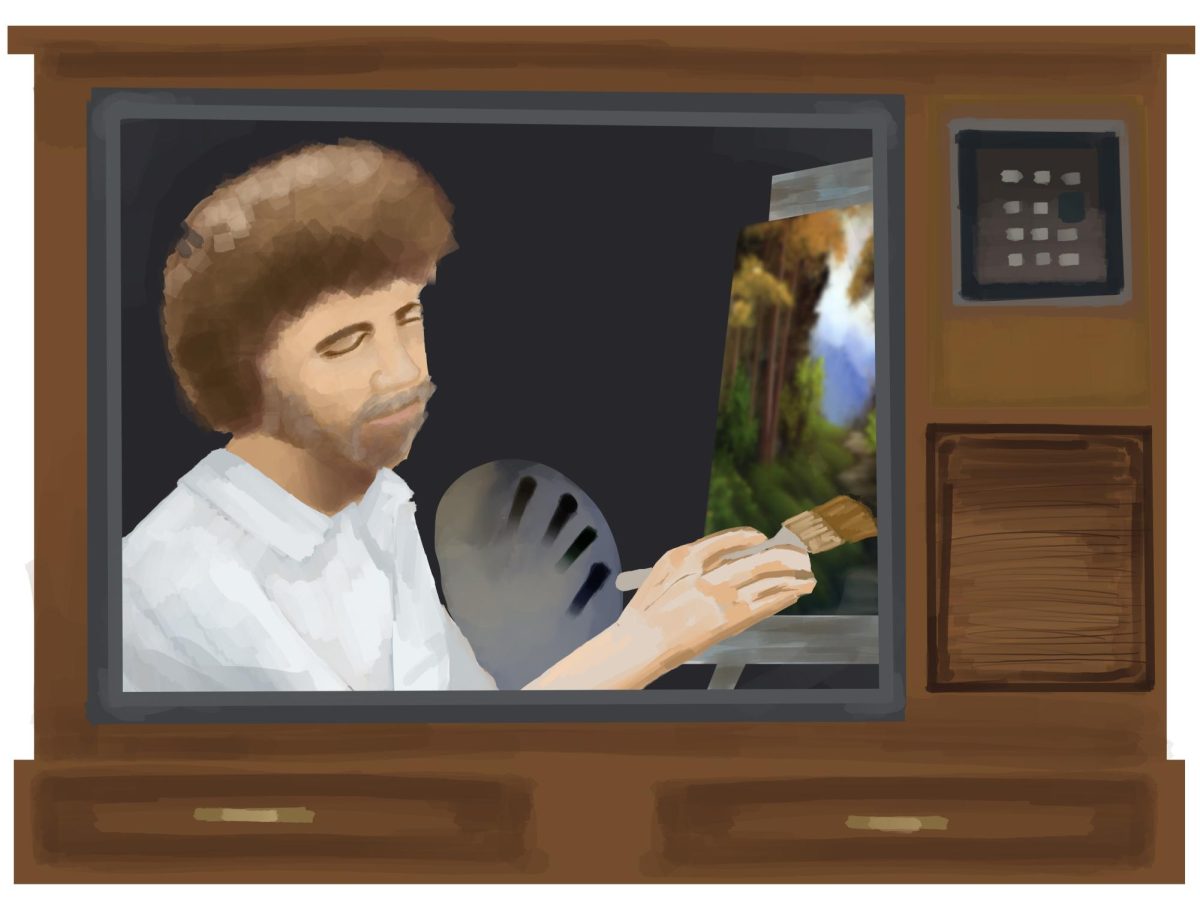As the decade comes to a close, rock lore will have a special place for the Australian rock scene that birthed many bands who carried on the legacy of rock music in to 2010s.
King Gizzard and The Lizard Wizard are no exception as they close their eventful decade as a band with an exciting album that yet again changes the sounds they’ve explored with the many albums they have released thus far.
King Gizzard have made themselves known within the rock community for being one of the most experimental bands in recent years, experimenting with microtonal tunings, different rhythms and exploring genres like spoken word.
King Gizzard reached their creative peak in 2017 when they released five different albums that were all unique from one another.
Now with the release of their new album, Fishing for Fishies, King Gizzard have found themselves using upbeat tempos and dance grooves to create a fun experience.
The album begins with a strong opener. The title track carries an infectious beat that eventually leads to a silly chorus that is oddly catchy.
The vocals on the album by lead singer Stu MacKenzie are put through a chorus effect that adds the psychedelic sound the band is known for.
The single and third track on the record, “The Bird Song,” is easily the album’s strongest moment due to the refinement
of the dance sound that the album strives to achieve.
The song includes a piano and bass arrangement that is a callback to the very same sounds that were heard on the radio in the 80s and the end result is a unique single that comes early on in the album.
Like previous albums, the band fell short on some tracks. It is common to find a band experimenting with a sound to struggle with adapting. This is most evident on the sixth and seventh tracks “Real’s not Real” and “This Thing.”
As the album progresses, the exploration of the upbeat dance sound is spread a little thin and, as a result, these two tracks sound very generic.
The album hits a low point in the middle due to these tracks being one after the other. In the end, it also hurts the flow of the rest of the album.
During the final moments of the album, King Gizzard does manage to wrap up the entire new experience with the last two tracks finishing the record off on a great note.
The ninth track, “Acarine,” sticks out like a sore thumb on the entire album in a good way
due to its use of electronica in
the unique production.
After the album drags on for a bit, “Acarine” is able to reignite interest due to its incoherent song structure and transitions that make it another standout moment on the record.
In terms of instrumentation, the record is basic for a King Gizzard album. However, that doesn’t stop short of all the actual instruments used.
Acoustic instruments are the basis for the album as opposed to a heavy emphasis of electric instruments.
The guitar riff on “Plastic Boogie” is a bluesy lick and a highlight on the album as it makes the entire song fun and enjoyable.
The album is a testament to King Gizzard’s creative output that doesn’t seem to be stopping anytime soon.
After releasing a myriad of albums throughout the 2010s, Fishing for Fishies is a great way to end the eventful decade that has turned the band out of Australia into one of the most memorable groups in recent rock music history.
Although the album is far from perfect, it is another great addition to a discography that continues to display diverse sounds.








